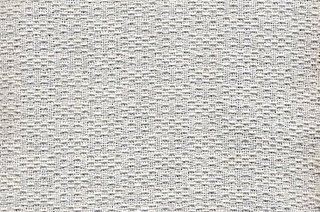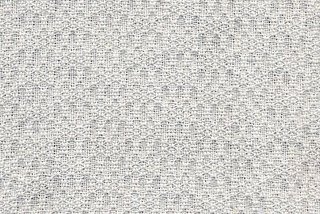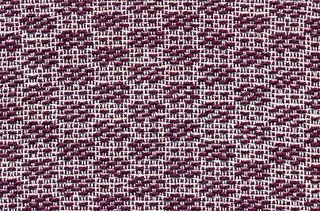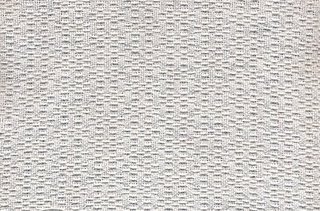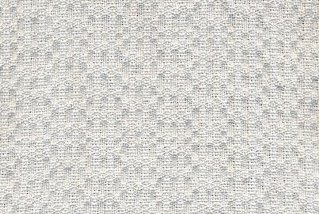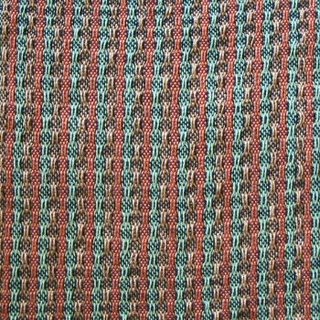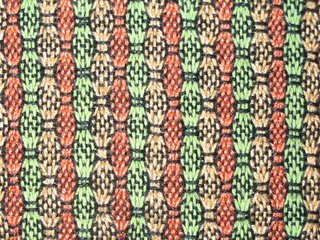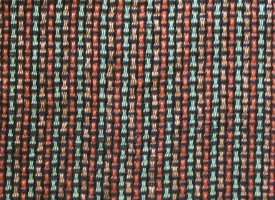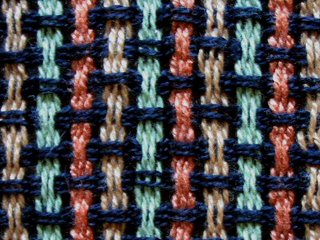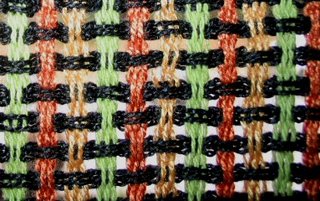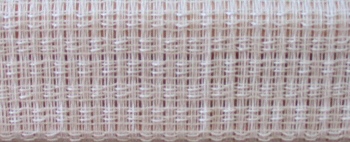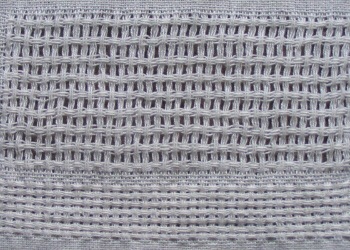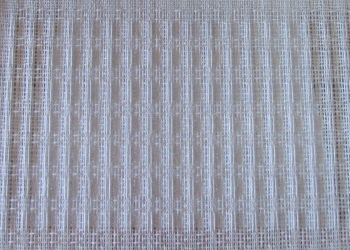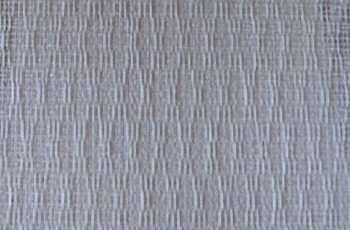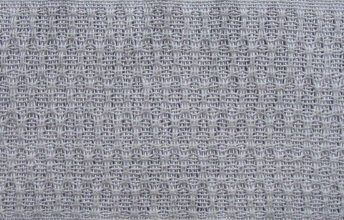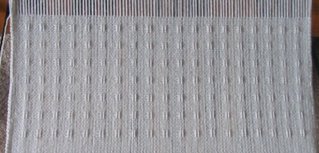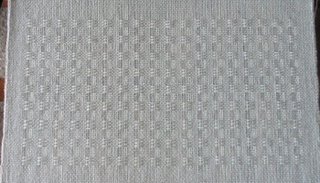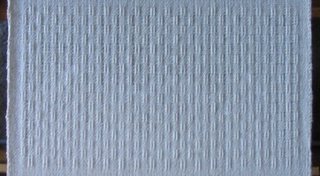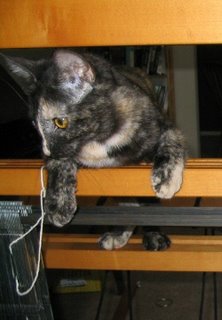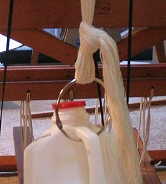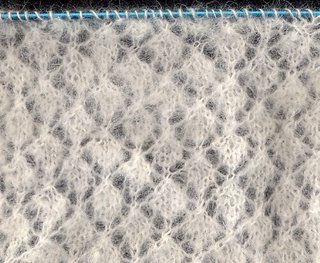Samples #27 & 28 of my 4-shaft crackle manners of weaving sampler.
Lengthwise stripes are attractive and easy to weave. Using different warp
colors is one way to do it, but in this sample, the stripes are created with
pattern weft. The tie-up is for 2/2 twill, so it's just a matter of choosing
one pair of shafts to lift for every shot. Tabby is thrown in between to
stabilize the fabric. My sample was done with shafts 2 & 3, just because I
liked the location of the stripes with my particular threading.

|
|
#27, lengthwise stripes on the loom |
The wider brown stripes in the pattern blocks, of course are dominant. But what I find interesting, is the tiny stripes in the background blocks. This may change with wet finishing, which will shrink the fabric somewhat, and is something I was curious about.

|
|
#27, lengthwise stripes after washing, drying, and pressing |
With a different threading, I could change the width and location of the stripes. I could even make them different colors, to add more interest.
Another idea for stripes comes from Susan Wilson, who included lengthwise stripes in her lacy manners of weaving section.

|
|
#28, lacy lengthwise stripes |
It's kinda hard to see them though, isn't it? Here's another shot at an
angle.
Mary Snyder's book has an exercise in creating a variety of crackle stripes.
See resources below for the page number
Resources
- A Crackle Weave Companion by Lucy M. Brusic, pages 51 and 92.
- Weave Classic Crackle & More by Susan Wilson, page 55.
- The Crackle Weave by Mary E. Snyder, page 91 of the 1989 edition, or page 31 of the 1961 edition.











